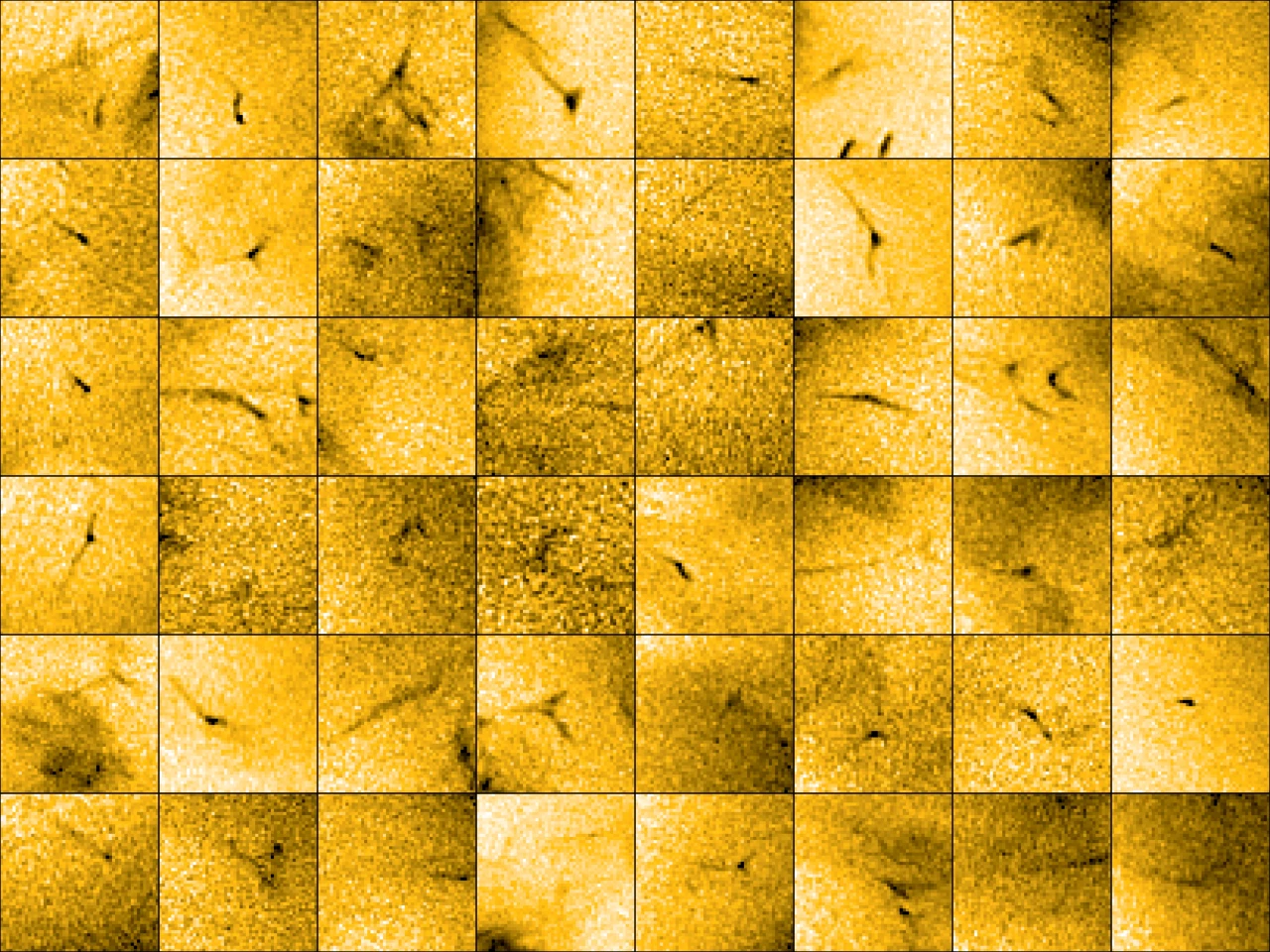There may not be any air in space, but there’s wind – solar wind, made up of charged particles thrown off by the Sun. The exact mechanism behind this phenomenon remains murky, but now ESA’s Solar Orbiter spacecraft has observed previously unknown “tiny” flares on the Sun’s surface spewing plasma into space.
For decades the solar wind has been associated with structures called coronal holes, which are dark spots that appear above the Sun’s surface as its magnetic field stretches out into the solar system. Plasma can flow along these open magnetic field lines and out into the solar system, creating the solar wind. But how exactly is this plasma launched in the first place?
A new answer to that question may now have been observed. The Solar Orbiter has been watching our local star very closely over the last couple years, a duty that’s included observing a coronal hole up close, in higher definition than ever before, at extreme ultraviolet wavelengths of light.
In doing so, the Orbiter discovered many tiny jets of plasma being ejected from the Sun’s corona. “Tiny” is, of course, a relative term here – each jet was a few hundred kilometers long, reaching speeds of about 100 km (62 miles) per second and lasting 20 to 100 seconds. But compared to other solar flares they’re very low energy, firing off just 1,000th the energy of the previous smallest known flares. Still, their sheer numbers could account for a significant percentage of the solar wind.

“One of the results here is that to a large extent, this flow is not actually uniform, the ubiquity of the jets suggests that the solar wind from coronal holes might originate as a highly intermittent outflow,” said Andrei Zhukov, lead researcher on the Solar Orbiter observation campaign.
More observations will improve our understanding of these tiny jets, as well as the nature of the solar wind. This in turn could provide better forecasts of space weather for future astronauts and spacecraft. Thankfully, Solar Orbiter will get a better view over the next few years, as its orbit changes to get a more direct look at the solar south pole, where the coronal hole was located.
“It's harder to measure some of the properties of these tiny jets when seeing them edge-on, but in a few years, we will see them from a different perspective than any other telescopes or observatories so that together should help a lot,” said Daniel Müller, ESA Project Scientist for Solar Orbiter.
The research was published in the journal Science.
Source: ESA





